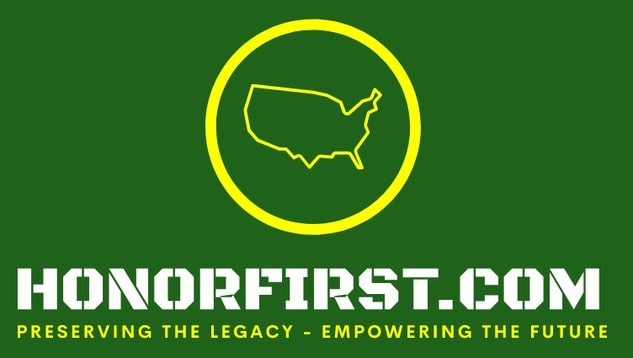June 11 - June 17IntroGood Morning! Welcome to another This Week in USBP History! June 9, 2023 - From Acting CBP Commissioner Troy Miller It is with great pride that I announce that Chief Jason Owens will be appointed as the next Chief of the U.S. Border Patrol. Chief Owens has served in the U.S. Border Patrol for more than 25 years, rising through the ranks to hold key leadership positions at every level. His career to date includes Chief of the U.S. Border Patrol Academy, Chief of the Houlton Sector, and his current assignment as Chief of the Del Rio Sector. Over the course of his career, Chief Owens has demonstrated consistent dedication to the border security and homeland security missions, and to the men and women who carry out these responsibilities every day. I am confident that he will ably lead the U.S. Border Patrol into its 100th year and beyond. We love hearing from our readers and value your thoughts! After reading this week's post, please head over to our Disqus commenting system to share your insights, ask questions, or simply start a conversation about the topics covered. You might just find that I've already left a comment or two there myself! We look forward to engaging with you. Now to the intro! Standing Up for Integrity: Whistleblowing in the Border Patrol Preface: Embracing Our Audience Greetings, current and former Border Patrol agents. This blog post is dedicated to you—those who have steadfastly upheld the ethos of "Honor First" amid countless challenging situations, and those who might find themselves contemplating or in a position to blow the whistle. This blog seeks to guide potential whistleblowers, promoting self-correction, and strengthening the bedrock of our organization: Honor First. Unraveling the Dilemma: Whistleblowing vs. Reporting Misconduct Often, the terms "whistleblowing" and "reporting misconduct" are used interchangeably, but understanding the nuanced differences between them is paramount. Reporting misconduct refers to alerting relevant authorities within an organization about unacceptable behaviors, such as inappropriate actions by colleagues, discriminatory, or harassing behavior. Reports of misconduct are typically handled internally by designated departments. Whistleblowing, on the other hand, generally implies escalating the issue outside of the immediate organization when it involves significant violations like unlawful activities, corruption, or activities that pose a substantial risk to public interest. Whistleblowing is often associated with larger, systemic issues within an organization and can involve an external authority like the Department of Homeland Security Office of Inspector General, or the Office of Special Counsel. Walking the Tightrope: When to Whistleblow Knowing when to blow the whistle can be a complex issue. The challenge lies in trusting a supervisor or an organization that appears to be violating a law, regulation, or policy. When does one's perception of right or wrong trump those of a supervisor or the authoritative directives of the organization? Therein lies the delicate balance of whistleblowing—standing on the slippery slope between individual conscience and organizational adherence. The Guiding Light: "Honor First" Our core principle, "Honor First," embodies a multitude of virtues—integrity, honesty, decency, fairness, sincerity, truthfulness, and trustworthiness. This principle underlines our duty to address any misconduct, big or small, serving as a guiding light that prompts us towards self-correction and responsibility. As Border Patrol Agents of all ranks, we're entrusted with upholding this motto in both letter and spirit. Taking the Leap: How to Blow the Whistle If you witness or learn about serious misconduct, it's crucial to report it. CBP employees have an obligation to do so through the appropriate mechanisms such as the Joint Intake Center at 1-877-2INTAKE or [email protected], the Immigration and Customs Enforcement, Office of Professional Responsibility, or the Office of Inspector General at 1-800-323-8603 or [email protected]. Reporting is the first step towards self-correction, an essential aspect of upholding the motto "Honor First." Keeping Perspective: The Cost of Whistleblowing Historically, whistleblowers have often faced substantial personal and professional costs, frequently being ostracized and branded as traitors by their organizations. Despite this, it's important to remember that the act of whistleblowing is deeply rooted in an innate sense of justice. The road might be challenging, but the belief in maintaining the integrity of the Border Patrol makes it worthwhile. Conclusion: Upholding Our Motto, “Honor First” Our roles as Border Patrol Agents are pivotal. Our actions matter, and our integrity is paramount. Upholding "Honor First" might entail making tough calls like whistleblowing. While the journey might be challenging, it is vital to preserving the honor and integrity of the Border Patrol. Stand tall, stay strong, and remember, no matter the circumstance, "Honor First." This week, we're exploring the U.S. Border Patrol's history, starting with Henry Carpenter Smither Sr.'s early efforts in the 1920s. We'll look at the letters and memos that helped shape border enforcement, and we'll examine a typical day in 1927 through an incident involving Inspector Ivan Williams. Travel with us to the 1950s to understand the impact of Operation Wetback, and remember the service and sacrifice of Theodore L. Newton Jr. and George F. Azrak, who tragically lost their lives in 1967. We'll end our journey with the introduction of the U.S. Border Patrol Purple Cross in 2001. We remember three of the Patrol's heroes on the anniversary of their Newton-Azrak Award actions. During this week, we solemnly remember six of our fallen, including Theodore L. Newton, Jr. and George F. Azrak, who tragically lost their lives in the same incident in 1967. It is with a heavy heart that we acknowledge the nine separate occasions on which the USBP has experienced the devastating loss of two Agents/Inspectors in a single event, totaling 18 fallen. We honor their memory and sacrifice, with their names listed below:
Enjoy and have a great week! Cliff P.S. - As an open and continuous invitation to current and former USBP employees, I am always accepting photos to post in the USBP Photo Galleries and in the Upholding Honor First pages. I sure would appreciate you visiting those pages and sending me anything that you think I could post (just send them to [email protected]). As always, make sure to explore all of the hyperlinks to the documents and pages. Finally, please forward this blog to whomever you think may enjoy it. ESPRIT DE CORPSThe workplace climate resulting from a combination of organizational pride and employee morale.
Esprit de corps is reinforced through the shared goals, mission and values of the organization and its employees. The definition turns Esprit de Corps into a simple formula and defines parts that comprise organizational pride and employee morale. Esprit de Corps = Organizational Pride + Employee Morale Esprit de Corps is the key to a healthy organization and engaged employees. Honor First is foundational to the Border Patrol's organizational pride and integral to its Esprit de Corps. THROWBACK PHOTO OF THE WEEKDOCUMENTS AND EVENTS1922
1926
1927
1936
1939
1940
1954
1955
1967
2001
NEWTON-AZRAK AWARD |
Clifford GillBlog author, retired U.S. Border Patrol Assistant Chief and, current U.S. Border Patrol employee advocate. Ray HarrisSite founder and owner, former Supervisory Border Patrol Agent and retired Immigration Special Agent. Joseph BancoU.S. Border Patrol historian and retired Deputy Chief Patrol Agent. Archives
July 2024
I prefer that you leave comments. However, if you wish to contact me, please do so by emailing [email protected].
|
- Home
-
For USBP Applicants
-
USBP Pages and Links
- Firearms Qualification Course
- Military Time Buy Back
- Station MWRs
- Transitioning Out of the USBP
- Fast & Furious
- U.S. Border Patrol Fallen >
- Honor First and Esprit de Corps
- USBP Photo Galleries
- U.S. Border Patrol History >
- U.S. Border Patrol Honorary Awards
- Upholding Honor First >
- U.S. Border Patrol Authorized Devices
- Border Patrol Stories
- What's Important Now - Academy Podcast
- Badges
- Veterans
- Tips for the Media
- Links
- Acronyms
- Border Patrol Locations
- Sector/Station FaceBook Pages
- Ten Codes
- Online Forums
- Search
- Home
-
For USBP Applicants
-
USBP Pages and Links
- Firearms Qualification Course
- Military Time Buy Back
- Station MWRs
- Transitioning Out of the USBP
- Fast & Furious
- U.S. Border Patrol Fallen >
- Honor First and Esprit de Corps
- USBP Photo Galleries
- U.S. Border Patrol History >
- U.S. Border Patrol Honorary Awards
- Upholding Honor First >
- U.S. Border Patrol Authorized Devices
- Border Patrol Stories
- What's Important Now - Academy Podcast
- Badges
- Veterans
- Tips for the Media
- Links
- Acronyms
- Border Patrol Locations
- Sector/Station FaceBook Pages
- Ten Codes
- Online Forums
- Search
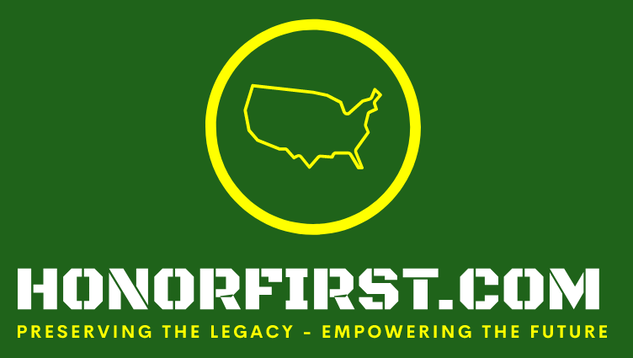

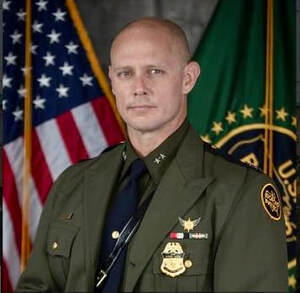

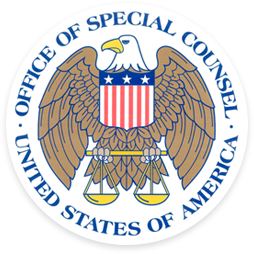
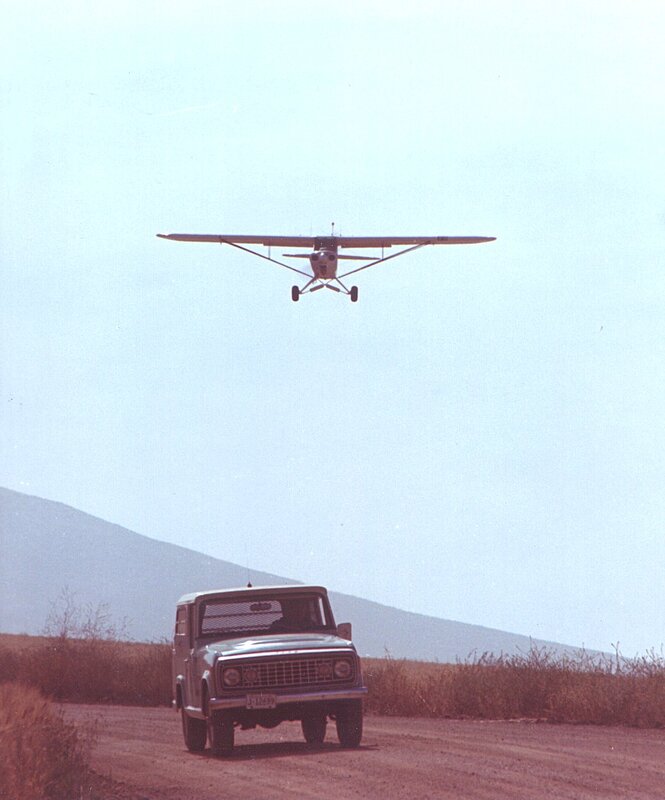
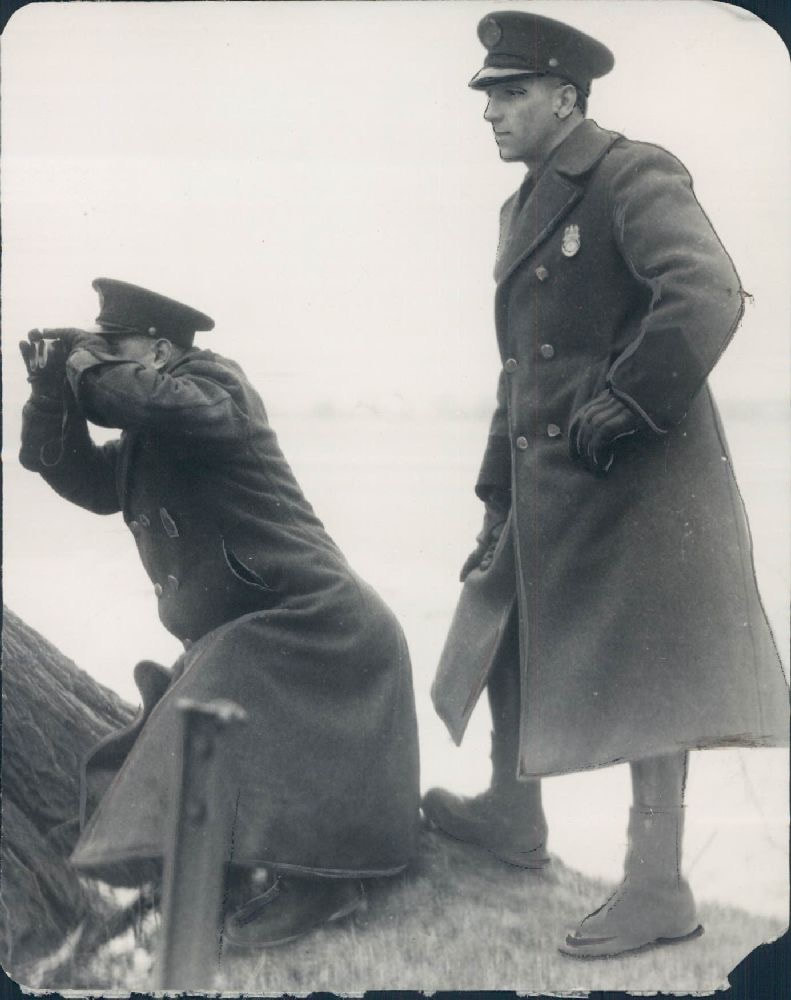
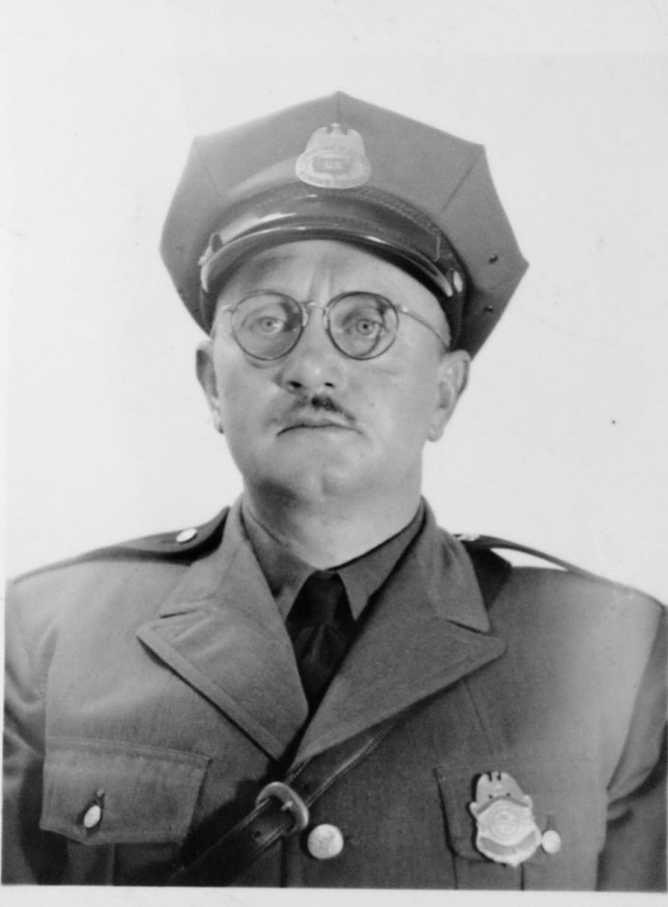
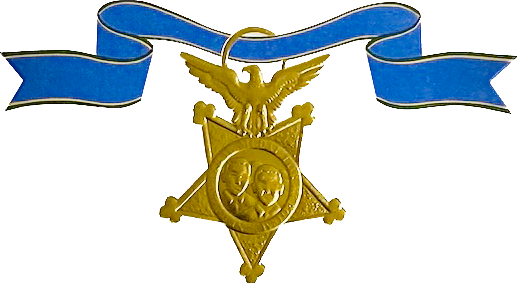
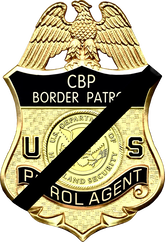
 RSS Feed
RSS Feed
